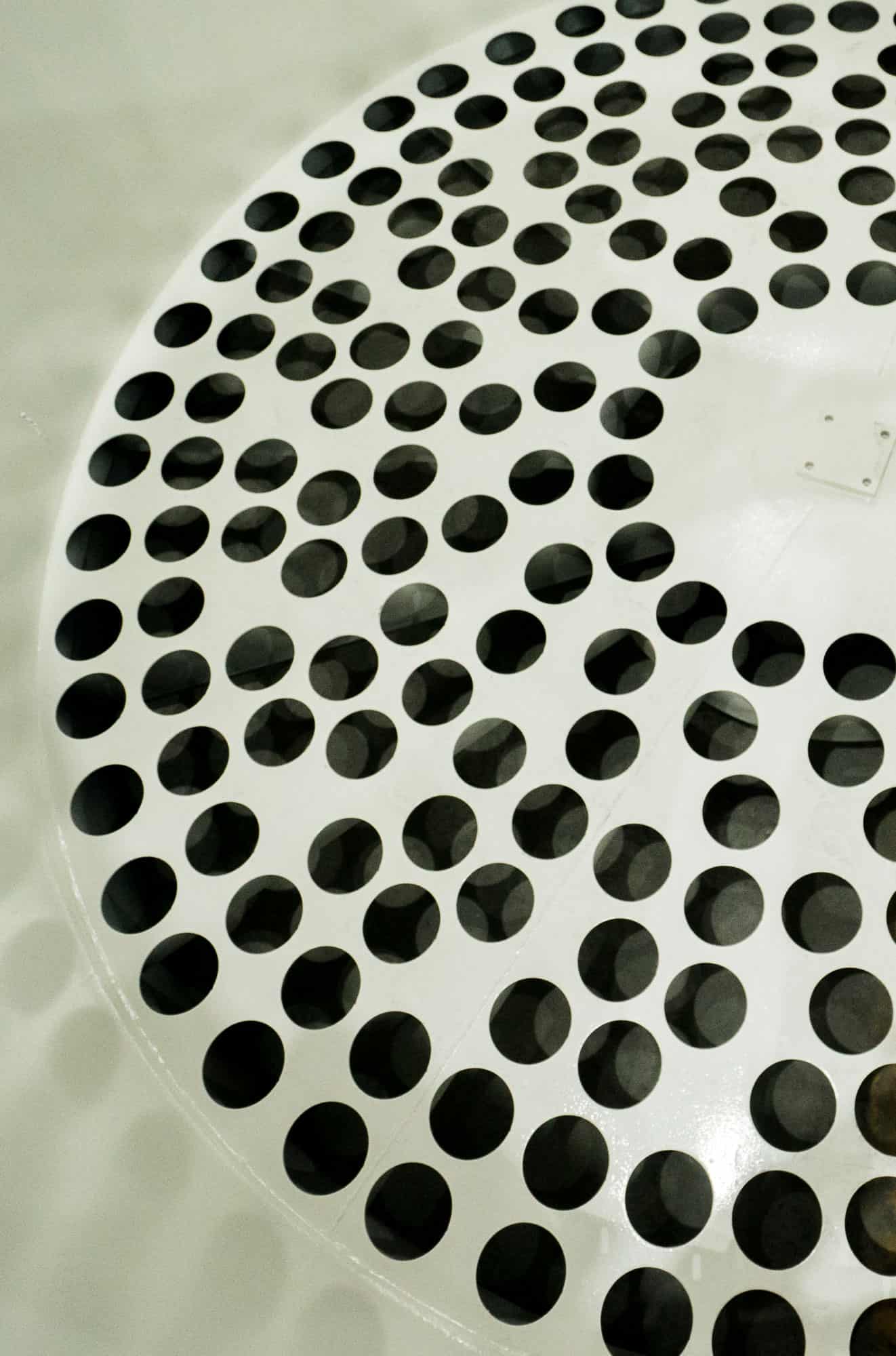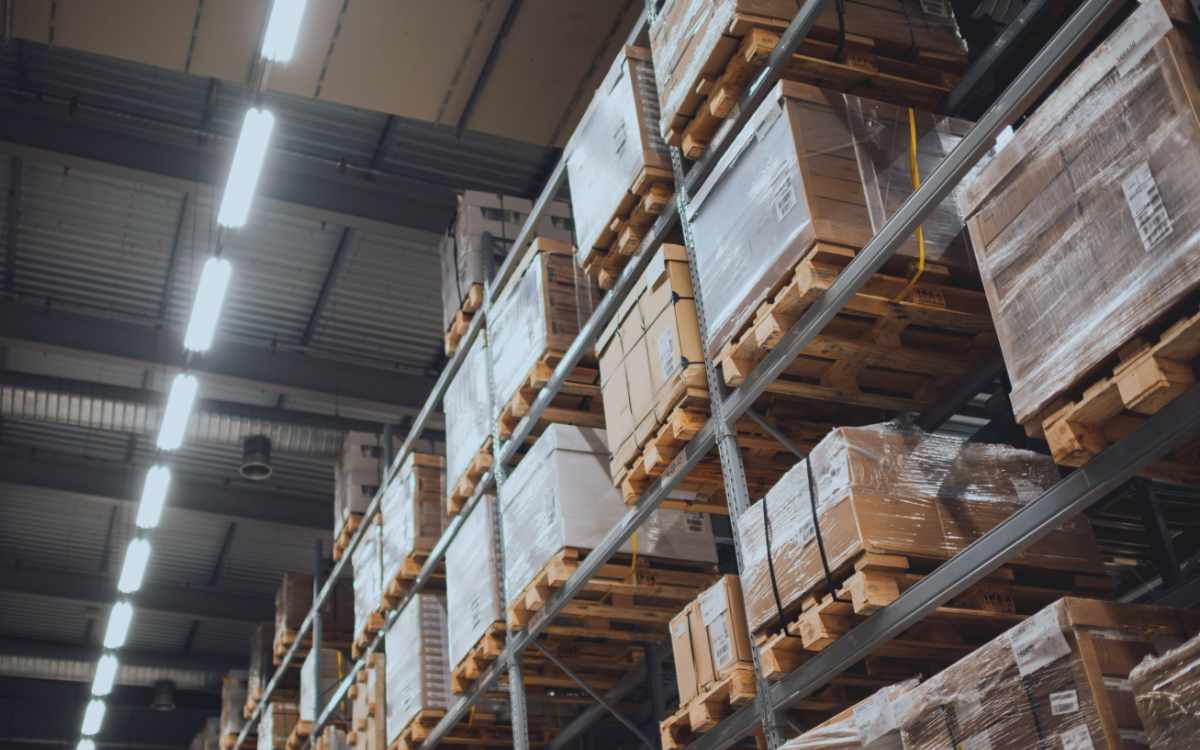For a baghouse to function correctly, system designers need to perform a bag filter calculation. So how do you calculate the air-to-cloth ratio of your bag filters? Some websites offer simple formulas to estimate the correct air-to-cloth ratio. However, a good system designer knows that every application and every material is a little different.
System designers also do a compressed air requirement calculation for bag filters. Because without proper cleaning, bags become covered with dust which throws off the calculated air-to-cloth ratio. Therefore, getting these two calculations right makes sure your baghouse runs at full efficiency.
 How to Calculate Air-to-Cloth Ratio in Bag Filters
How to Calculate Air-to-Cloth Ratio in Bag Filters
An air-to-cloth ratio compares the amount of air going through a square foot of filter area. If you know the total CFM of the system and you know the amount of filter area you have, you can calculate this ratio.
For example, if you have 10,000 CFM through your collector and 5,000 square feet of filter area, your ratio is 10,000:5,000. But it’s much simpler to convert this to a ratio of 2:1. The air-to-cloth ratio can be anything from 1:1 to 3.5:1.
What makes the difference in bag filter calculation? Often, it’s the type of dust that the system collects. Different types of material will change how you calculate the air-to-cloth ratio in filter bags. Most companies that design baghouses know the general cloth area of their filter bags. A filter bag calculation can also be made because filter bags are round. If you know the diameter of the bag, multiply this diameter by 3.14 to get the circumference. (Think back to high school math and the circumference of a circle.)
Therefore, the circumference of the bags (diameter of the bag x 3.14) multiplied by the length of the bag will give you an approximate bag surface area. There are 144 square inches in a square foot. Since the diameter of the bag will be measured in inches, the bag surface area must be measured in inches too. Use this surface area in the air-to-cloth ratio.
Ask the Manufacturer First
You may never need to know how to do these calculations. Fortunately, many filter bag manufacturers know the general surface area of their bags. Also, a system designer usually knows the surface area of bags that need to go in a collector. What you do need to know is why the surface to air ratio matters. Consequently, a wrong bag filter design calculation can result in a collector with a ratio that causes serious problems.
 Importance of Correct Air-to-Cloth Ratio Calculations
Importance of Correct Air-to-Cloth Ratio Calculations
The correct air-to-cloth ratio determines the efficiency and life span of your filters. Above all, buying and replacing filters may be the most expensive and time-consuming part of dust collector maintenance. The correct bag filter calculation extends the life span of your filters and keeps them working efficiently. Not having enough cloth for the air in your system results in low filter life and damaged or overloaded filters.
Different materials will require different air-to-cloth ratios. Similarly, different applications also demand changes to the air-to-cloth ratio. An ambient system usually filters the air with a low overall amount of particulate. In contrast, a source capture on plasma cutting collects much more material. Wood, fiberglass, and other materials affect filters differently. Therefore, you should consult with someone who has experience in air-to-cloth ratio calculations for your type of material.
Compressed Air Requirement Calculation for Bag Filters
Even if a system has the correct air-to-cloth ratio, it still needs to clean the filters correctly. For instance, some baghouses are cleaned with airflow from a fan. The fan sizing will be part of the overall system design. Other baghouses use pulses of compressed air to clean the filters. For these, the calculation of compressed air requirements is important.
Compressed air requirement for bag filters determines how long the bags will last and how efficient they will be. Some compressed air cleaning systems are timer operated. This means that pulses of compressed air clean the bag filters at a designed time. Dust collectors can also have differential pressure pulse control. In this case, a rise in the differential pressure triggers a sensor to activate a pulse. The compressed air only pulses when the filters need it. This means that the compressed air requirement for the baghouse is lower.
The size of the piping and valves used can also affect the compressed air. A baghouse should be operated with the bag filters, valves, and other equipment that came with the system, or an appropriate replacement from the manufacturer.
Valves and other parts of the compressed air system can develop leaks and waste compressed air. As a result, there will be less efficient pulsing. Therefore, systems should be checked regularly for any leaks or failing valves. The compressed air requirement calculation for bag filters is only accurate if the entire system operates as designed.
Read more about bag filters here.


